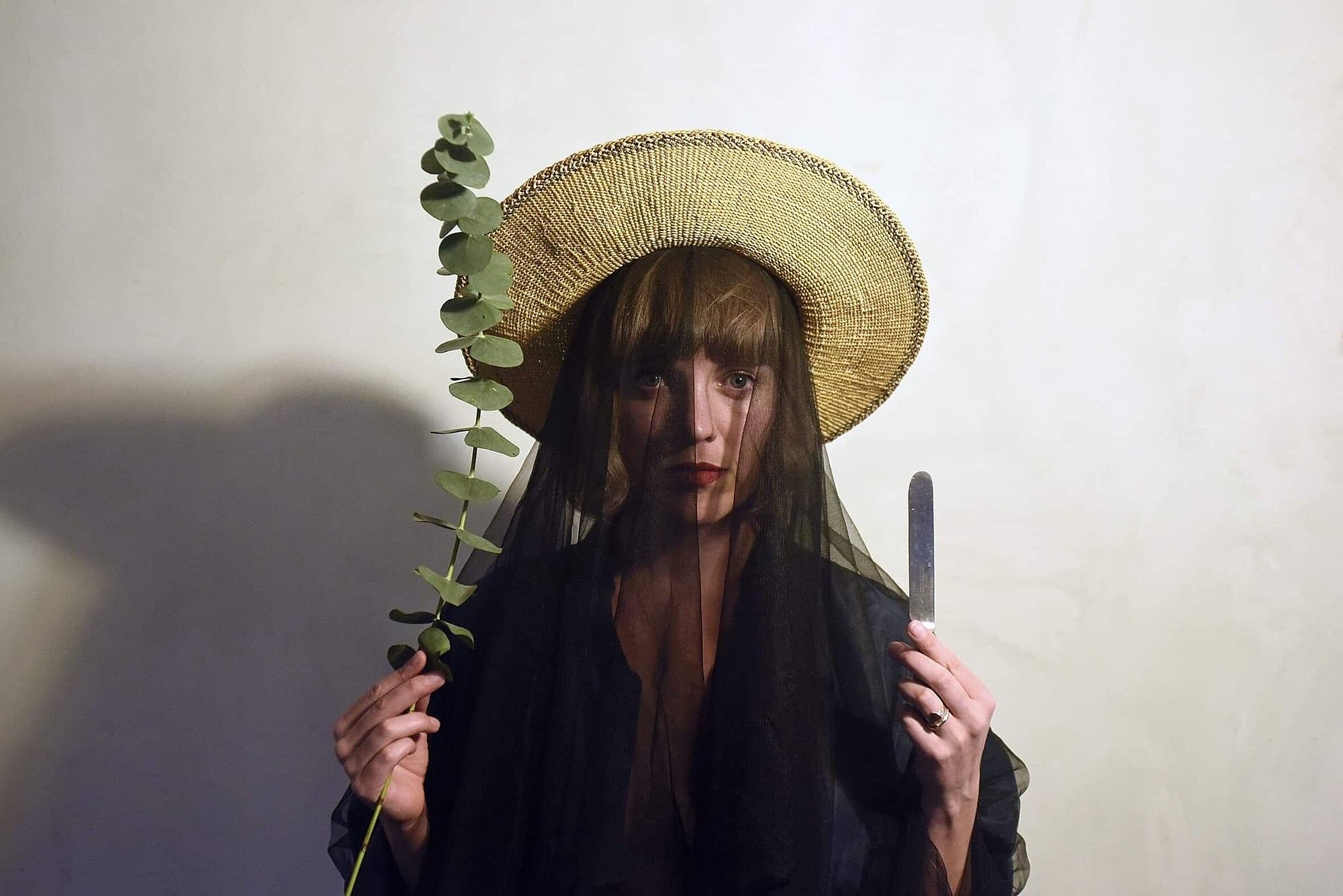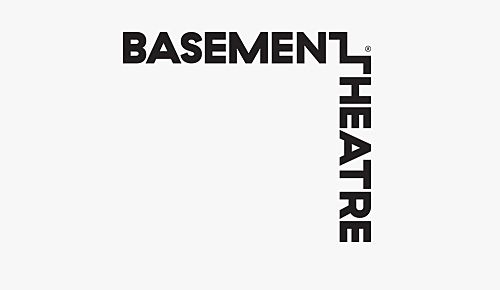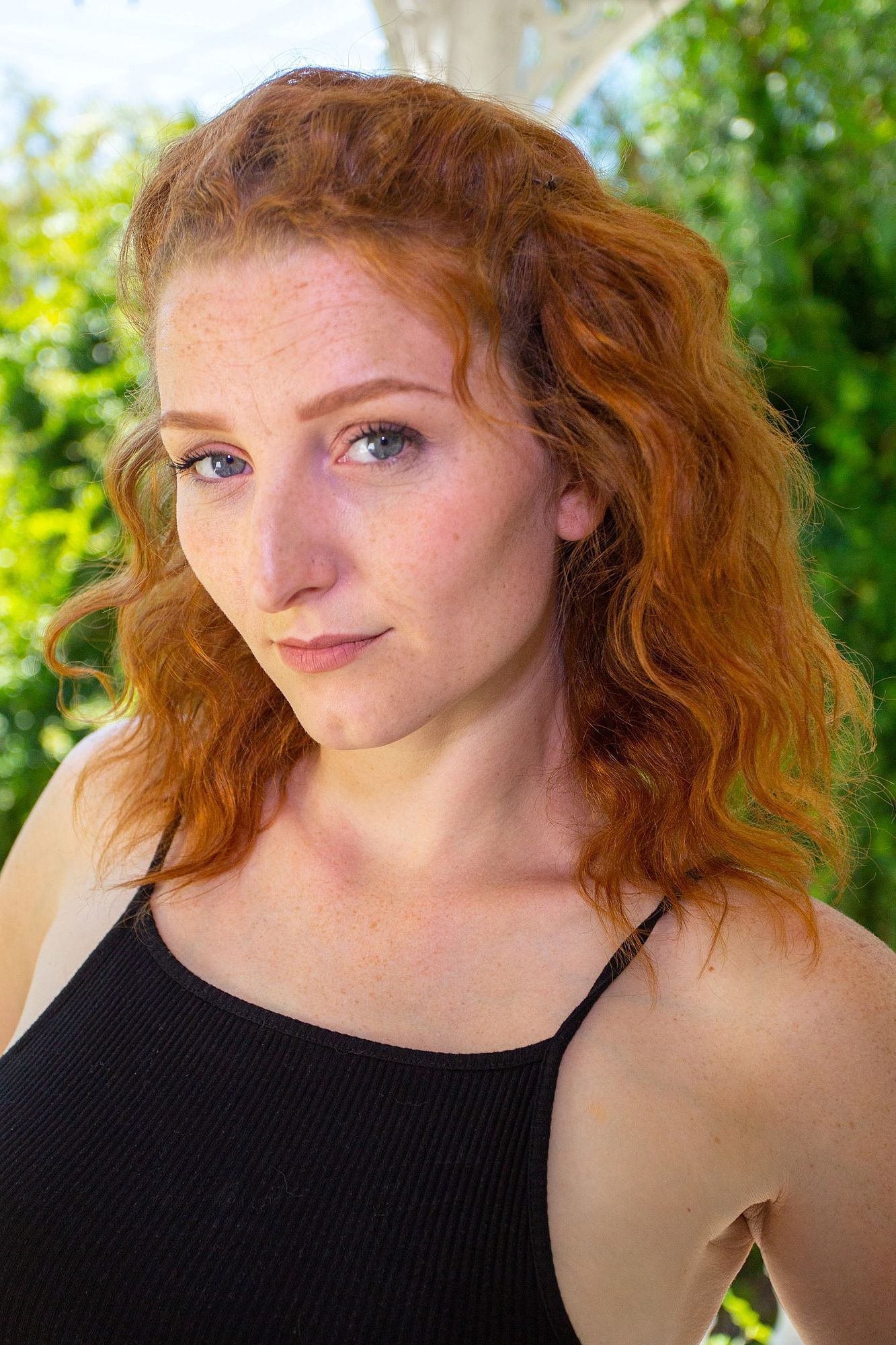Playing The Meg Ryan Role: A Review of Bad Mood
New Volumes critic Rachael Longshaw-Park reviews Bad Mood, choreographer Tallulah Holly-Massey's compelling final entry in her Basement Theatre residency.
New Volumes critic Rachael Longshaw-Park reviews Bad Mood, choreographer Tallulah Holly-Massey's compelling final entry in her Basement Theatre residency.
As women, it’s difficult to ignore the archetypes we are bombarded with: they’re everywhere we go. The Madonna. The Whore. The Hysteric. The Damsel. The Femme Fatale. The list goes on, and Tallulah Holly-Massey’s new work offers up a space in which we can examine, celebrate and analyse that list of archetypes for ourselves, rather than through the eyes of men. In so doing, Bad Mood strikes a chord about female performative experience.
Bad Mood is Tallulah Holly-Massey’s third and final work as the artist in residence at Basement Theatre, following Mammoth and Tender is the Night. Holly-Massey’s work sits in the realm of experimental dance theatre, even playing in the parameters of performance art, and Bad Mood is a re-examining of and investigation into the female body.
It’s natural to search for a narrative or meaning in the art you bear witness to, and Bad Mood offers up a plethora of strong images for us to weave a narrative from. Seeing this in the space and context of the Basement Theatre, it’s easy to transpose your expectations for theatrical performance – narrative, a single clear intention – onto dance performance. However, with minimalist performance art the focus shifts from primarily representing the artist’s inner intentions and constructing tangible narratives to an experience that gains deeper meaning from within the situational context of the performance. So, what is the context for Bad Mood?
In an interview, Holly-Massey explains that a viewing of Joe vs The Volcano, in which Meg Ryan plays a series of archetypes opposite a fully-realised male character played by Tom Hanks, created the spark for Bad Mood. Joe vs The Volcano gives Hanks’ character space to be presented as three dimensional; Ryan’s role isn’t nearly as fleshed out, the writers instead using a range of gendered stock archetypes – many listed in the introduction to this review – to characterise her.
...when watching dancers it’s easy to see them as athletes instead of, or as well as, performers. ... By embracing the performers’ differences, highlighting the clumsiness in performative behaviour and rejecting strict uniformity, Holly-Massey bridges the gap between her audience and her dancers on stage.
This isn’t just an issue of representation. Why are women continually denied space to showcase their multifaceted selves? In a world of ‘pussy-grabbing’ and Women’s Marches, in a world of #TimesUp and #MeToo, it’s imperative for us to be examining the ways in which women are portrayed and the ways in which women are forced into performative behaviour simply to exist and get by in the world. Bad Mood constructs a space of play in which to do this: the performers move in and out of these archetypes, often clumsily, using their bodies as the investigative tools.
Bad Mood opens with a pool of white light that flickers and dapples against the stark brickwork. As the orchestral score, composed by James Risbey, swells and fills up the space, the mottled light cascades across the stage, illuminating far corners and leading our gaze. It’s an eerily filmic opening, the light guiding our eyes like a camera and the music creating an epic atmosphere. Paul Bennett’s lighting design transforms and defines the bare stage into clear performance spaces.
Bad Mood is performed by an ensemble of four dancers: Lara Liew, Zahra Killeen-Chance, Kelly Nash and Nancy Wijohn. It’s gratifying that each performer has moments of choreography to themselves. Nash opens the show draped in a black veil, succumbing to the ebb and flow of the music; Wijohn seems to really enjoy playing a sort of mock-horror, interrupting moments of collective beauty with piercing screams; Liew effortlessly slips into positions of strength and power, leading a flocking ensemble behind her; Killeen-Chance performs a solitary dance with poise and responds to her own body throughout the show with a gentle curiosity in her facial expressions.
Each performer carries a different kind of intensity that penetrates through the darkness. We feel seen and unseen at the same time. The figures can seem like deer caught in the headlights, but there’s a self-awareness behind their gaze. When they’re not shrouded by veils, the performers stare wide-eyed, unwavering. The constant eye contact subjects us to scrutiny, interrogating us for willingly being voyeurs to this act of performance. It’s as if they’re challenging us with the question, “Is this what you wanted?”
This isn’t just an issue of representation. Why are women continually denied space to showcase their multifaceted selves?
With this approach, interrogative yet vulnerable, Bad Mood flirts with images of agency – not only as women in media and the control we have over our projected images, but also in day-to-day life. There are moments when the dancers are coerced into movement, either through the force of another or through some unseen force; these moments are reminiscent of social pressures and the male gaze that creates these archetypes we perform in both media and reality.
The theme of agency also bleeds into the way in which the performers work as an ensemble. While each performer has a solo, a time to shine, there are many moments when the dancers come together and combine as a connective mass. Even then, though, in this connection, their own subtle styles are allowed to shine. For example, there is a sharpness in Liew and Killeen-Chance’s movements, but that sharpness is challenged by the subtlety of Nash’s movement, all of which jars with Wijohn’s strength. In illuminating the idiosyncrasies between the four women and allowing them to be illuminated, Holly-Massey creates a work that comments on agency, not only as experienced by women but as experienced by performers.
Part of what makes theatre so deeply relatable is the intensity of our connection with the performers on stage. Theatre is a mimetic art form, and it is in this mimesis that we see ourselves presented and examined through the vehicle of performance. However, when watching dancers it’s easy to see them as athletes instead of, or as well as, performers. It’s easy to feel distanced by our own awe in their abilities; it’s easy to lose that relatable quality that invites us to join performers on their journey. By embracing the performers’ differences, highlighting the clumsiness in performative behaviour and rejecting strict uniformity, Holly-Massey bridges the gap between her audience and her dancers on stage.
Through their performance language, Tallulah Holly-Massey and the team behind Bad Mood have constructed a commentary on the common archetypes women are forced to occupy in media. Bad Mood expresses concerns with our own agency over our bodies and raises the question of how much of our behaviour is playing into the language of femininity created by men. How much of that language do we want to retain for our own use? Is it better to learn to speak the language in order to deconstruct it from the inside, or do we need to reject it entirely? And once we achieve agency, are we prepared for the path we must walk, the learning we must do, in order to master our own chosen image?
Bad Mood runs from November 6 to November 10 at Basement Theatre. Tickets available here.
This piece is presented as part of our New Volumes critical writing partnership with Basement Theatre. Basement Theatre covers the costs of paying our writers while we retain all editorial control. You can read more about the programme here.


